Best Products for Forehead Acne
Acne is never fun. If you get acne on your forehead you may use your hair or a hat to hide it, but you’re probably wondering what the best ways are to prevent it, treat it, or get rid of it for good.
While no two people have the same experience with acne, there are many common causes, treatments, and products that work to control the issue. Here is what you need to know about this bothersome condition and some of the best products for forehead acne.
What is Forehead Acne?
Acne results from clogged pores, and the forehead is a common area for breakouts, particularly among adolescents. There are several different types of forehead acne:
- Comedones – The most common type of forehead acne where you will see whiteheads and blackheads caused by occluded pores.
- Papules and pustules – Instead of whiteheads, these inflammatory red bumps and red bumps with white centers can appear on the forehead.
- Milia – This type is often mistaken for acne even though it isn’t technically acne. Milia happens when keratin gets trapped under the skin’s surface, creating small bumps resembling whiteheads.
What Causes Forehead Acne?
If you have acne on your forehead, it could be caused by any number of things. Defining what is creating your issue could be challenging. But here are some of the most common causes of forehead acne:
Puberty
There’s a reason that acne is strongly associated with the teen years. When a person’s hormones begin to surge, so does the body’s production of oil. When this happens, pores are more likely to get clogged, and acne is the result. Since hormones impact acne, many dermatologists recommend using birth control for female sufferers, which regulates hormones, as a treatment.
Hair Products
Your hair and the products you put in it are a potential source of forehead acne. You might have oily hair if you do not wash it often enough, and the oil will transfer to your pores.
You can also get breakouts from different hair products like gels, waxes, pomades, and oils that contain ingredients like coconut oil or cocoa butter.
Makeup
Similar to hair products, makeup contains a variety of ingredients that can irritate your skin and cause acne. Specifically, face and forehead acne can occur when there is lanolin in a product, which is a common ingredient in foundation. When the pores become clogged with an irritant that they don’t like, they try to flush it out, and acne is the result.
Some Medications
Unfortunately, acne is a known side effect of some medications. Some examples of medicines that could contribute to forehead acne outbreaks include barbiturates, steroids, and lithium. If you are concerned about how your current medication is affecting your skin, you should speak with your physician.
Stress
If you notice that you get more forehead acne when you’re stressed, this isn’t uncommon. Studies show that stress can lead to higher levels of sebum production (oil) in adolescents, which can cause certain types of acne.
Clothing Irritation
Tight clothing or accessories across your forehead, such as hats, scarves, or headbands, can lead to forehead acne. They trap oil in your skin and can be abrasive. Even the frequent wearing of a helmet can cause issues with skin irritation and acne.
Ways to Avoid Forehead Acne
The best way to deal with forehead acne is to never get it. Sounds simple enough, right? In concept, maybe. But, there are some steps you can take to reduce your chances of getting acne below your hairline.
- Better hygiene. Wash your face and hair daily. Oily hair and skin are going to create worse conditions for the formation of forehead acne.
- Avoid hair gels. Hair gels and other products containing oil can clog the pores in your forehead.
- Do laundry more frequently. If you can’t, or don’t want to, stop wearing headbands, scarves, and hats, wash them more frequently. The same goes for your bed’s pillowcase, which can collect oil and debris and transfer that stuff to your pores.
- Don’t touch your face. Some of us have a terrible habit of touching our faces. This transfers dirt and oil to your forehead. If you can’t stop the behavior, at least wash your hands more frequently.
- Tweak your diet. It’s possible that certain dairy items and whey protein could contribute to acne, so you can try changing your diet. Instead, get your protein from eggs, lentils, goat cheese, and tofu.
Treatment for Forehead Acne
When you already have forehead acne, you’re probably looking for some way to make it disappear. Here are a few acne treatment tips you can try:
- Avoid popping your forehead pimples. This introduces dirt and bacteria from your skin and can lead to an infection. Even if it doesn’t get infected, the acne will take longer to heal and could leave a scar.
- Use a gentle cleanser with salicylic acid. This type of cleanser can unclog your pores and get rid of whiteheads and blackheads.
- Apply a targeted spot treatment. Certain types of acne are unable to survive in oxygen-rich environments. When you use a product that brings oxygen to the pores, such as ones containing benzoyl peroxide, it can destroy acne-causing bacteria.
- Try a chemical exfoliant. A chemical exfoliant will remove any layers of dead skin cells on your forehead so that you are left with a fresh layer of skin. The two popular types of exfoliants for acne are BHAs (beta hydroxy acids) and AHAs (alpha hydroxy acids).
- Moisturize your face. If your face gets too dry from acne treatment, you’ll need to add some moisture back – but only the right kind. Choose a gel-based, lightweight, non-comedogenic moisturizer that won’t clog your pores.
Best Products for Forehead Acne
There are probably a million skincare and acne treatment products available that promise one miracle or another. So, how do you pick the right one? It’s not easy, but based on popularity and expert recommendations, here are some of the best products for forehead acne you can put at the top of your list:
Cleansers
This is an excellent, affordable, and sweet-smelling cleanser that contains salicylic acid, a common acne-fighting chemical.
Clinique Acne Solution Clearing Gel
This is another cleanser that contains both salicylic acid and sea whip extract, an ingredient that will help soothe your skin.
Spot Treatments
Whether you have just a few trouble spots or a ton, you can treat them individually with this popular spot treatment that contains benzoyl peroxide.
Kate Somerville Anti Bac Acne Clearing Lotion
This is another spot treatment that is useful for treating whiteheads.
Exfoliants
La Roche-Posay Effaclar Duo Dual-Action Acne Treatment
This acne exfoliant contains benzoyl peroxide, which reduces inflammation and is known to kill acne-causing bacteria. If you try this product it can also dry out your skin, so you may need to pair it with a moisturizer.
Biore Deep Cleansing Pore Strips
A popular product among teens, these affordable and simple to use strips are meant to clean out your pores and reduce the occurrence of acne.
Moisturizers
CeraVe PM Facial Moisturizing Lotion
This is a gentle moisturizer that will keep your skin hydrated and won’t cause any troubling issues with your pores.
Differin Moisturizer With Sunscreen
This moisturizer is ideal for oily skin. It not only absorbs oil, but it also provides UV protection and won’t clog your pores.
In Summary – Acne pimples are incredibly common, but that doesn’t make them any less bothersome. Follow these preventive steps to reduce outbreaks and try some of suggested products when they do to reduce the severity of outbreaks.





